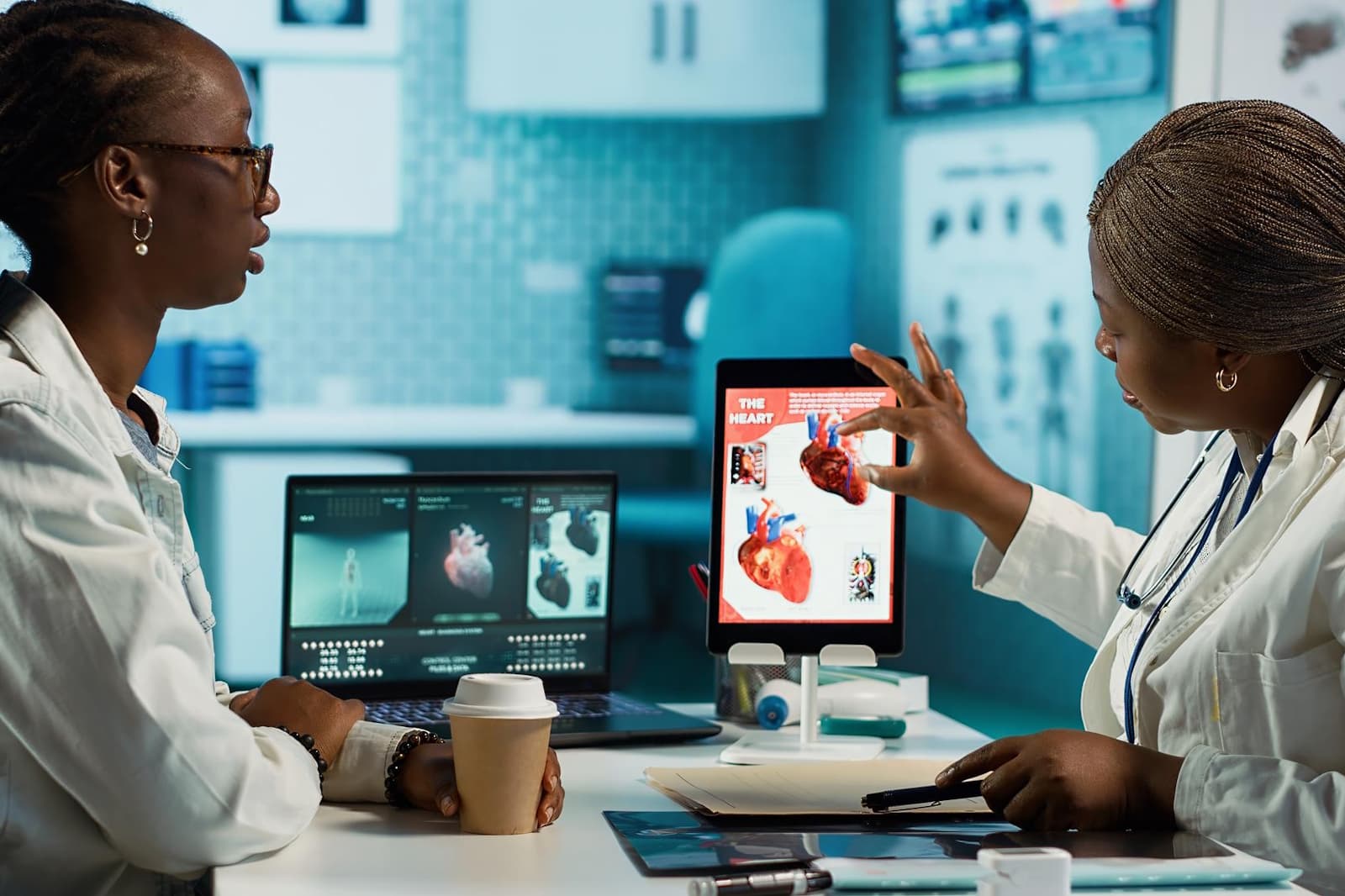While World Patient Safety Day (September 17th) provides a vital annual focal point for raising awareness, true patient safety extends far beyond a single observance. It’s an ongoing, systemic commitment, intricately woven into every facet of healthcare delivery. In today’s rapidly evolving digital landscape, this commitment increasingly hinges on robust patient security and the intelligent application of digitalization.
This deep dive explores how healthcare organizations can build a resilient, forward-looking patient safety culture, emphasizing the critical role of technology in protecting patients and enhancing care.
Beyond Awareness: Building a Sustainable Patient Safety Culture
A truly safe healthcare environment isn’t built overnight; it’s the result of a continuous journey powered by:
- A Just Culture: Fostering an environment where staff feel safe to report errors and near-misses without fear of undue blame. This allows organizations to learn from incidents, identify systemic weaknesses, and implement lasting improvements.
- Robust Processes: Standardized workflows, clear communication protocols, and evidence-based practices that minimize variability and potential for error.
- Strategic Technology Integration: Leveraging digital tools not just for efficiency, but explicitly for their capacity to enhance safety and security.
As healthcare becomes more digitized, the intersection of patient safety and digital security has become paramount. Every digital touchpoint, from EHRs to remote monitoring devices, presents both incredible opportunities and potential vulnerabilities.
The Digital Frontier of Patient Safety: Elevating Care Through Technology
The digital transformation of healthcare offers unprecedented avenues for enhancing patient safety and security. Here’s how:

- Electronic Health Records (EHRs) as Safety Hubs: Beyond mere record-keeping, modern EHR systems are designed to improve safety. They provide real-time access to complete patient histories, flag potential drug-drug interactions or allergies, offer clinical decision support, and ensure consistent documentation across care teams. The accuracy and accessibility of this data are crucial in preventing medical errors.
- Data Analytics & Predictive Insights: The vast amounts of data generated in healthcare (from patient records, wearables, lab results, and even genomic data) are a goldmine for proactive safety.
- Identifying At-Risk Patients: Predictive analytics models can analyze historical and real-time data to identify patients at higher risk for conditions like readmissions, sepsis, or falls. This allows for early intervention and personalized care plans, preventing adverse events before they occur.
- Forecasting Resource Needs: Analytics can predict patient volume, staffing needs, and equipment maintenance, optimizing operational efficiency and ensuring resources are available when and where they’re needed, which directly impacts safety.
- Optimizing Treatment Pathways: By analyzing outcomes of similar patient cohorts, AI and machine learning can help tailor treatment plans, identify the most effective interventions, and even predict responses to specific medications, enhancing precision medicine and reducing risks.
- Telehealth and Remote Patient Monitoring (RPM): While expanding access to care, these technologies also contribute to safety. RPM allows continuous oversight of patients with chronic conditions, enabling early detection of deterioration and timely interventions without the need for an emergency visit, thus preventing more severe complications.
- Cybersecurity and Data Privacy: As more patient data moves digitally, protecting it becomes a foundational aspect of patient security. Breaches can not only compromise sensitive information but also disrupt care delivery, leading to patient harm. Robust cybersecurity measures, including encryption, multi-factor authentication, regular vulnerability assessments, and strict compliance with regulations like HIPAA, are non-negotiable. Blockchain technology is also emerging as a way to enhance the security and immutability of health information exchange.
- Interoperability: Seamless and secure exchange of patient information across different systems and providers is vital. When all relevant care providers have access to a patient’s complete and up-to-date record, the risk of duplicate tests, missed diagnoses, or conflicting treatments significantly decreases.
Your Partner in Proactive Patient Security: The Access-Salud Approach
At Access-Salud, we understand that leveraging these technological advancements for patient safety and security requires specialized expertise and robust infrastructure. Our services are precisely designed to support your organization in navigating this complex digital frontier:
- Secure Data Management & Compliance: We implement stringent security protocols and maintain full HIPAA compliance across all our back-office and data analytics services. This ensures that sensitive patient information is protected from breaches and unauthorized access, building trust and mitigating risks. We also focus on data integrity, ensuring the information used for critical decisions is accurate and reliable.
- Reducing Operational Stress & Human Error: By meticulously managing administrative functions like billing, claims, and scheduling, we alleviate the burden on your clinical staff. This reduction in administrative overhead helps minimize burnout, allowing your healthcare professionals to focus their full attention on direct patient care, where human error can have the most profound impact.
- Empowering Through Technology Integration: Our expertise in telemedicine onboarding and technology management helps you seamlessly integrate new digital tools. We ensure these systems are implemented effectively, enabling you to harness the power of EHRs, data analytics, and secure communication platforms for enhanced patient safety without overwhelming your teams.
- Seamless Care Coordination: Our medical call center and clinical navigation services play a direct role in patient safety by ensuring smooth transitions of care, timely follow-ups, and effective communication between patients and providers. This coordination minimizes gaps in care where errors can occur and empowers patients with accurate information.
In an increasingly digital world, patient security is synonymous with patient safety. By strategically embracing advanced technologies and partnering with experts who understand both clinical workflow and digital infrastructure, healthcare organizations can move beyond reactive measures to a proactive, continuous system of care that prioritizes security and minimizes harm.
Elevate your patient security posture with a partner who understands the digital healthcare landscape. Contact Access-Salud today for a personalized assessment.





